REGFER: New obligations for the fertiliser sector
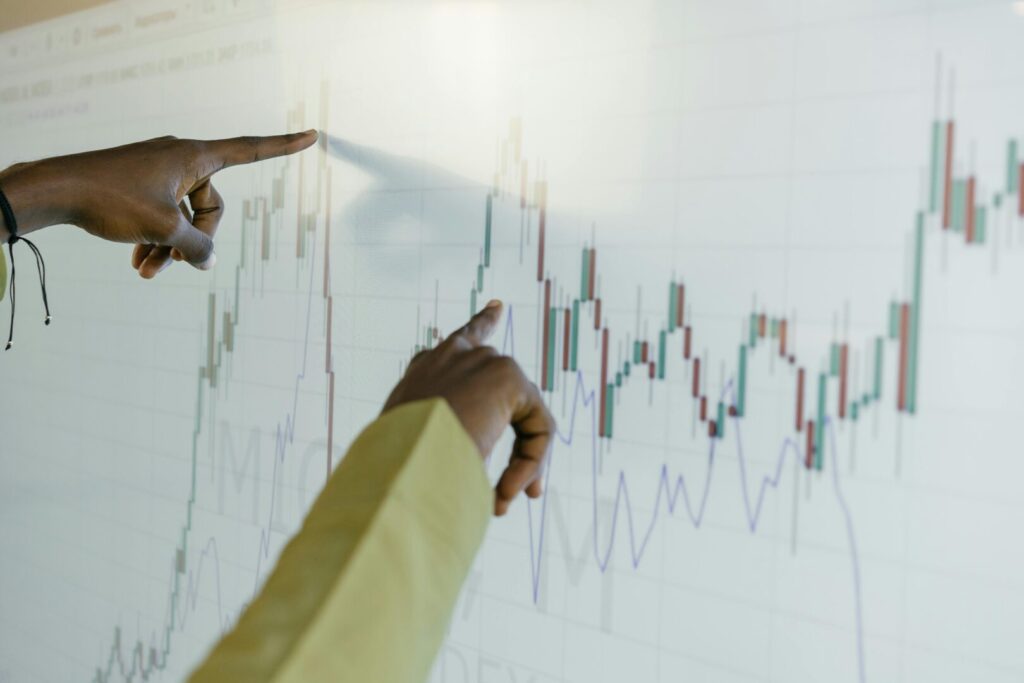
Agricultural sustainability has become one of the fundamental pillars of European and national policy. In the last few years, rational nutrient management and reducing the environmental impact of fertilisation has shifted from being good practice to becoming a legal requirement. To meet these European objectives, Spain published the Royal Decree 1051/2022 on sustainable nutrition in…
New microorganisms for biostimulants: Progress towards the expansion of CMC 7 in Europe
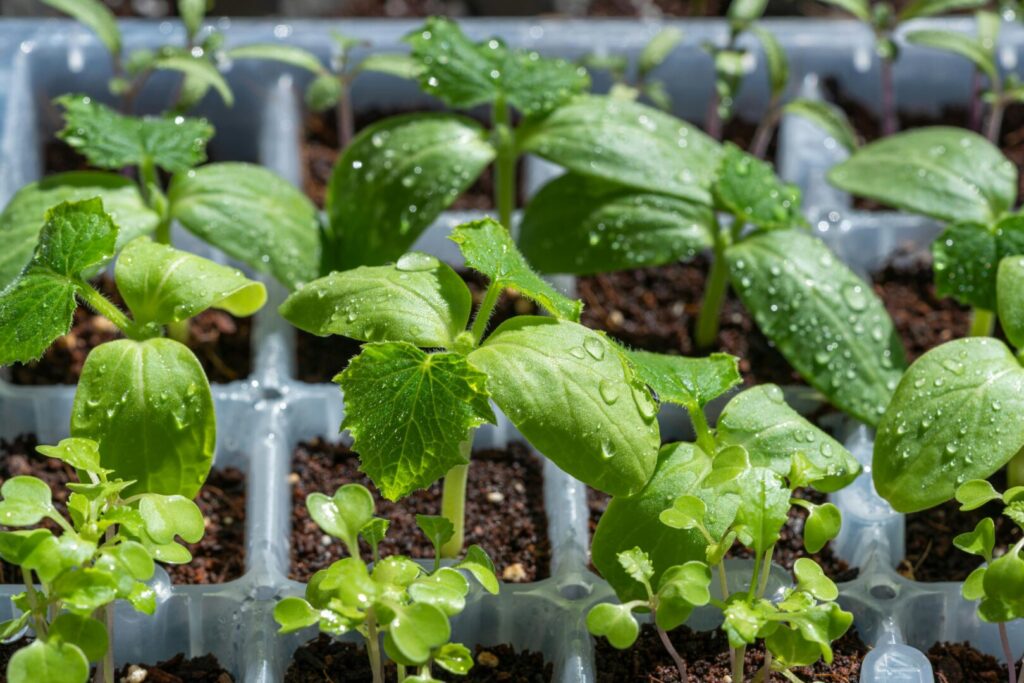
Microbial biostimulants have taken on a fundamental role in sustainable European agriculture. These compounds are included in the new Regulation (EU) 2019/1009, as long as they meet the requirements of Component Material Categories (CMC) 7, reserved for microorganisms. Currently, European regulations only allow four groups of microorganisms for the use in biostimulants registered as CE…
CLP: Classification, Labelling and Packaging of chemical substances and mixtures
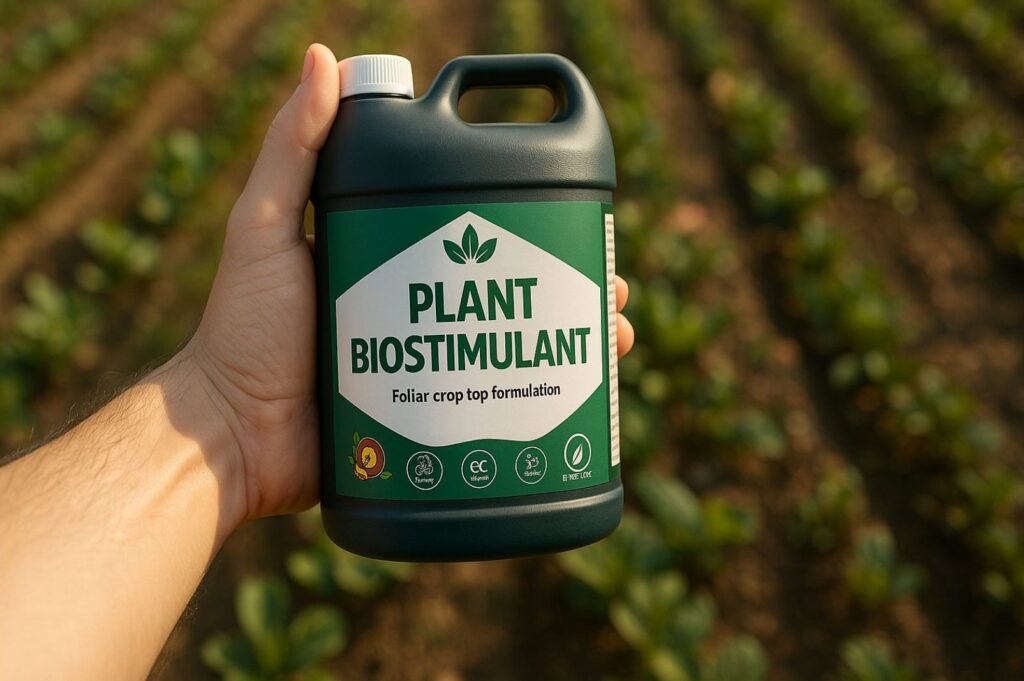
The (EC) No 1272/2008 Regulation, known as CLP (Classification, Labelling and Packaging), is the European regulation governing the classification, labelling and packaging of chemical substances and mixtures. Its main objective is to ensure that the hazards associated with chemicals are communicated in a clear and homogeneous manner throughout the European Union (EU), thereby protecting human…
Efficacy trials: Prove the biostimulant function, not just declare it
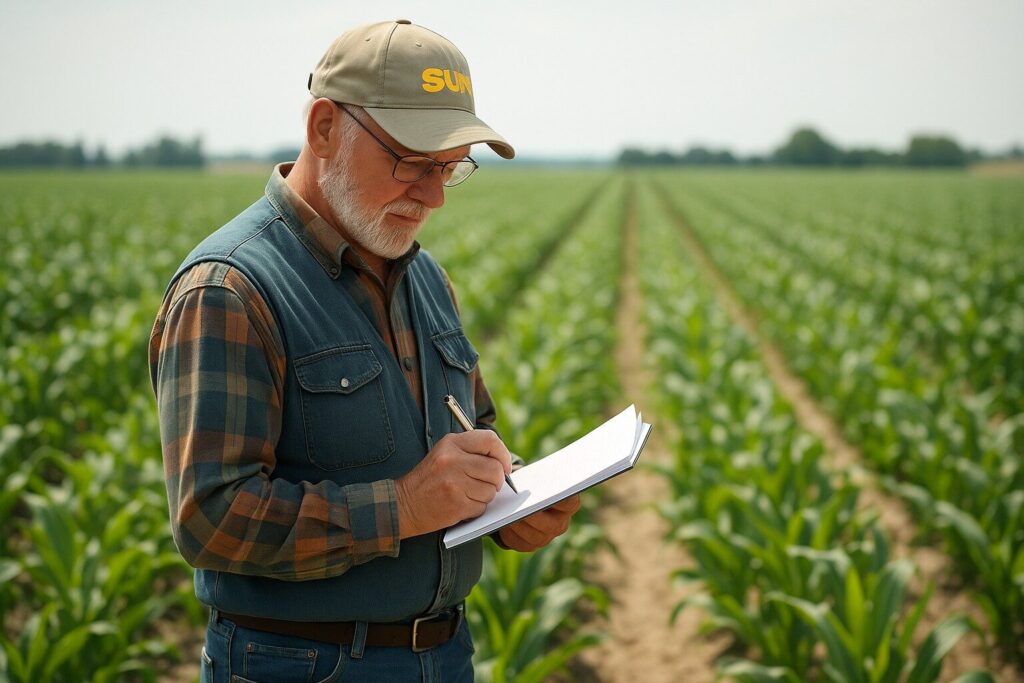
European agriculture entered a new phase since the entry into force of Regulation (EU) 2019/1009 in July 2022, which replaced the former EC Regulation 2003/2003. This regulatory change brought about a significant transformation in the regulatory framework for fertiliser products, especially with respect to biostimulants. What has changed? Under the old regulation, only inorganic fertilisers…
CBAM: The EU’s new tool to stop carbon leakage

The European Union (EU) has taken a strong step in its fight against climate change with the creation of the Carbon Border Adjustment Mechanism (CBAM). This tool was created with the aim of aligning trade policies with the EU’s ambitious climate objectives, and to prevent the emission reductions achieved within its borders from being cancelled…
Animal by-products and its application in fertilizers: Regulation and opportunities
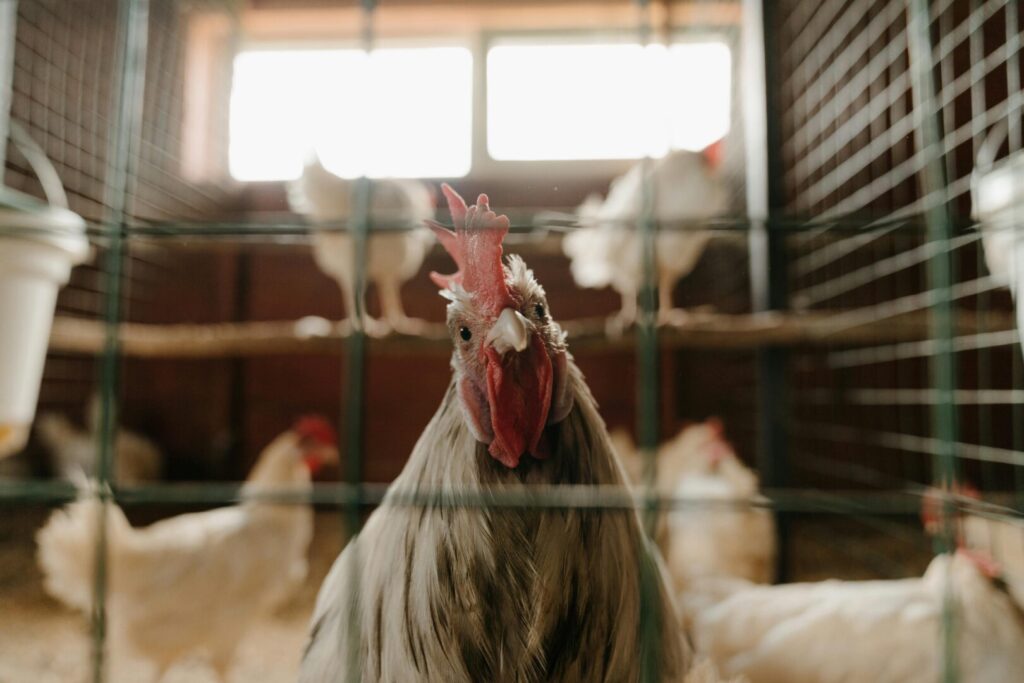
The fertilizer and biostimulant sector is constantly evolving, seeking new sources of sustainable and safe nutrients. In this context, the use of animal by-products in the manufacture of fertilizers and soil amendments has gained relevance. However, their use is regulated by Regulation (EC) No. 1069/2009, which establishes sanitary standards to ensure safety in handling and…
Summary of the key points of Regulation (EU) 2019/1009

CONTEXT AND PURPOSE OF THE REGULATION: CATEGORIES OF PRODUCTS AND BASIC REQUIREMENTS: 1. Product Function Categories (PFC): The Regulation creates seven main groups of products according to their function: PFC 1: Fertiliser – Includes inorganic, organic, and organo-mineral fertilizers. PFC 2: Liming material – Products intended to improve the soil’s physical, chemical, or biological properties….
Evolution and Regulatory Possibilities for Fertilizers in Europe

In the last decades, the European regulatory landscape has experienced a significant transformation. The main goal of this evolution has been to harmonize European standards, facilitate intra-EU trade, and promote innovation within the sector. However, this process has also faced challenges, particularly due to the coexistence of European frameworks and national regulations. First Period: Before…
QUALITY ASSURANCE OF THE PRODUCTION PROCESS (MODULE D1)

The whole team of Sun Chemicals Services would like to congratulate the company ALCARRAS BIOPRODUCTORS SAT for the important achievement of registering their composting plant and obtaining the CE Marking for their bovine compost. In October, the company was audited by the notified body CAAE Certification Service, in collaboration with our company, following the procedure…
Different definitions of biological products: Europe and United States

The global regulatory framework for biological products is always changing, especially in the United States (USA) and Europe (EU). These changes bring both challenges and opportunities for those who develop and market these products. These new regulatory frameworks, although they require more rigorous compliance and force us to adapt, also ensure products reach the market…

